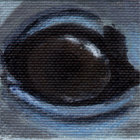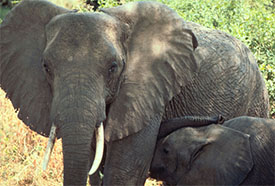The Lion Lady Strikes Again!
Monday, January 28th, 2013We are ecstatic to report that Cheryl Semcer a.k.a “The Lion Lady” of Hoboken NJ is at it once again. Back in August of 2012 she stated a petition to end the sale and food preparation of lion meat at a restaurant in Witchita, Kansas- she won! Now she has started a petition on change.org urging the U.S. government to not only place lions on the Endangered Species List, but now under the “Endangered Species Act”. The government does not currently protect animals unless they are listed under the “Act”. This would prevent the importation of lion trophies, parts, and the sale of lion meat. The lion population has decreased over the last 50 years by 90%, due primarily in part to severe habitat loss, exotic animal trade, trophy hunting, etc. Urging the U.S. government to now protect the lions would greatly increase their chance for survival.
OC- Natalie Kelley



